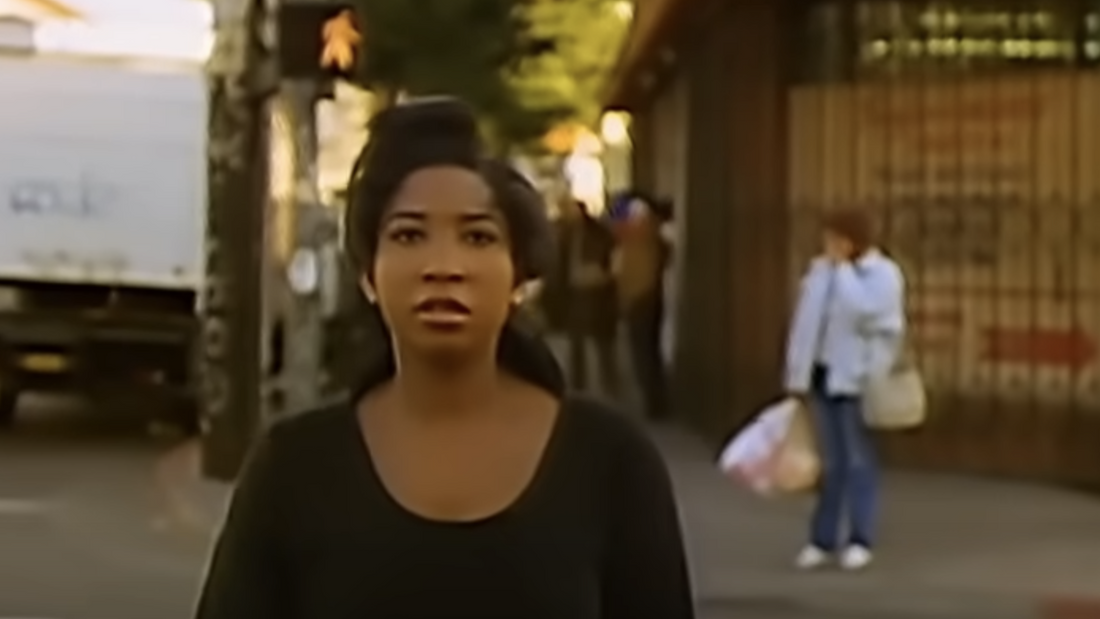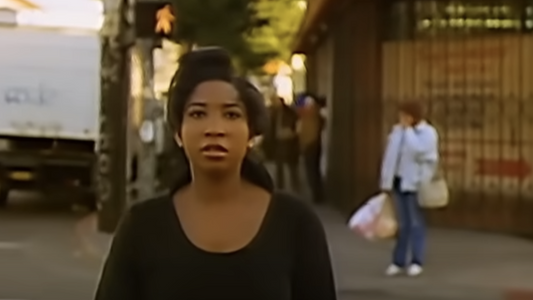
Starting a record collection: The Origin Album that shapes everything
By Rafi Mercer
Every collection has to start somewhere. Not with a shelf full of carefully alphabetised spines, not with a shopping list of essentials, but with a single record — an origin album. One that you play not once or twice, but over and over again, until it has become less an object and more a companion.
For me, that album was Blue Lines by Massive Attack. I can’t say with certainty it was the very first record I bought, but it was the first that changed the way I thought about listening. Even now, decades later, it still feels mysterious. Each time I put it on, I hear a different story threaded through its layers — something new revealed, something old recast in a different light. It has never stopped teaching me how to listen.
That’s what an origin album does: it opens a door. At first, you’re simply drawn to the sound. Maybe it’s the weight of the bassline, the texture of the vocals, the atmosphere that seems to pour out of the grooves. But as you return to it again and again, you begin to hear connections — to other genres, other eras, other artists. You begin to follow the threads. One record leads you to ten more. Before you know it, you’re not just listening; you’re collecting.
If you’re starting a record collection now, the advice is simple: find your Blue Lines. It doesn’t matter whether it’s a jazz classic, an ambient cornerstone, a soul record, or something released last year. What matters is that you can live with it — really live with it. Put it on while cooking, play it front-to-back on a quiet night, drop the needle on a Sunday morning. Let it become a soundtrack, a mood, a mirror. The more you listen, the more you’ll learn.
Because collecting isn’t about acquisition. It’s about references. Once you’ve lived with a record long enough, you begin to hear where it came from and where it leads. With Blue Lines, the trail runs deep: dub and reggae in the bass, hip-hop in the beats, soul in the vocals, electronic textures that pointed forward to trip-hop. From there, the web spreads wider: King Tubby, Curtis Mayfield, Public Enemy, Brian Eno. Each record becomes a signpost to another.
Your system will grow in the same way. At the beginning, an “out-of-the-box” turntable with built-in speakers might be all you need. That’s enough to get the ritual started: sleeve in hand, needle lowered, sound filling the room. As your listening deepens, so will your appetite for detail. You’ll begin to notice what your system can’t quite capture — the air in a vocal, the shape of the bass — and that will push you to uplevel. A better cartridge, a sturdier deck, a pair of speakers with more weight. But don’t rush. Let your ears lead you, just as they did with the music.
The beauty of starting a collection is that it never ends. You don’t need hundreds of records to have one. In fact, sometimes the smallest shelves are the richest, because every piece earns its place. Start with that one album you can’t stop spinning. Let it guide you, open you, frustrate you, surprise you. Over time, it will become more than music. It will become your compass.
For me, Blue Lines still holds that power. I’ve heard it in so many settings — in headphones on late-night trains, through club systems, in bars, on home turntables. Each time it takes on a different shape, revealing another layer. It reminds me that the best records never finish speaking. They change as you change.
So if you’re thinking about starting a collection, don’t think about what’s “essential.” Think about what’s essential to you. Find the record you can live with, the one that keeps giving, the one that feels like a mystery you never want solved. That’s your origin album. From there, everything else will follow.
Rafi Mercer writes about the spaces where music matters. For more stories from Tracks & Tales, subscribe here, or click here to read more.


